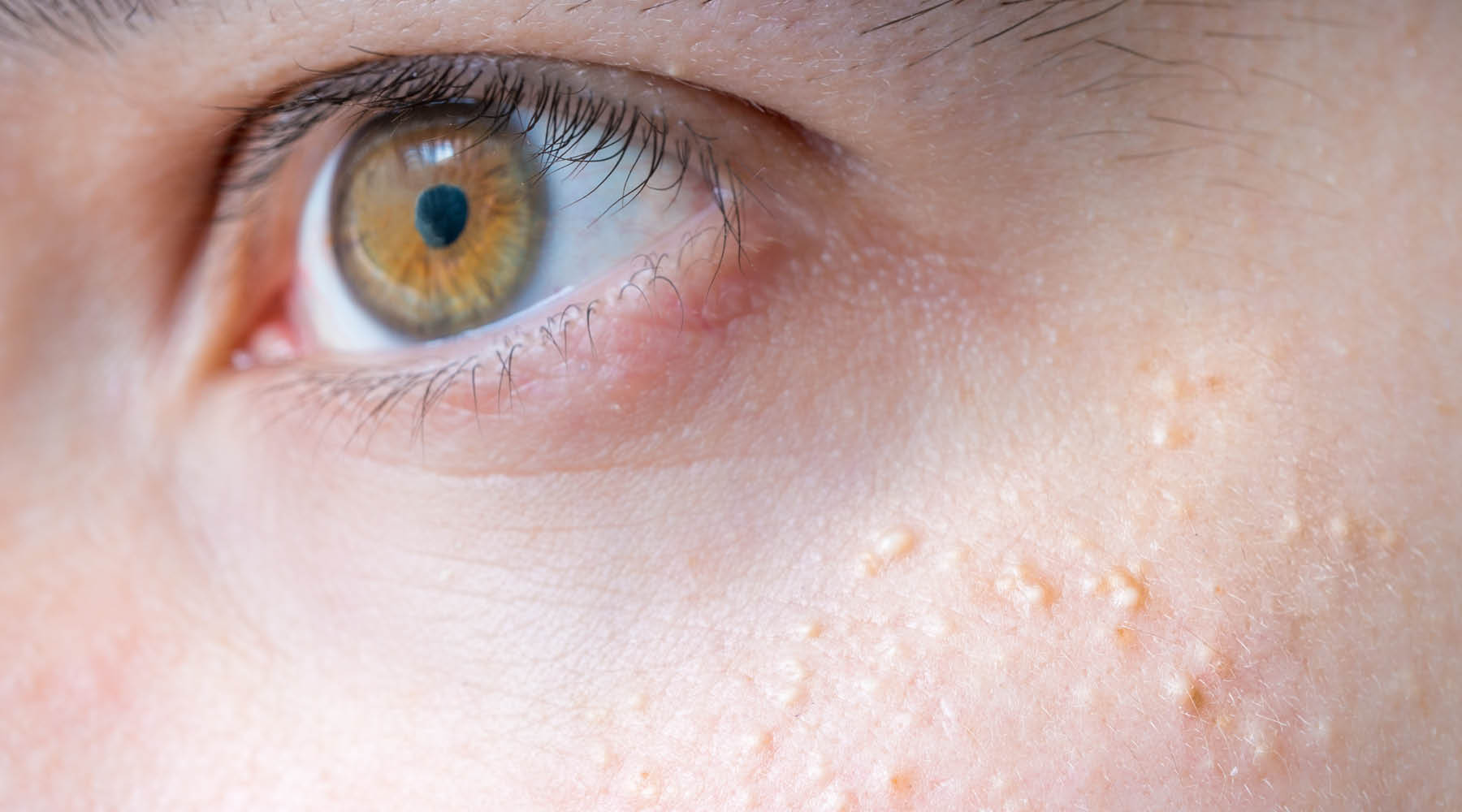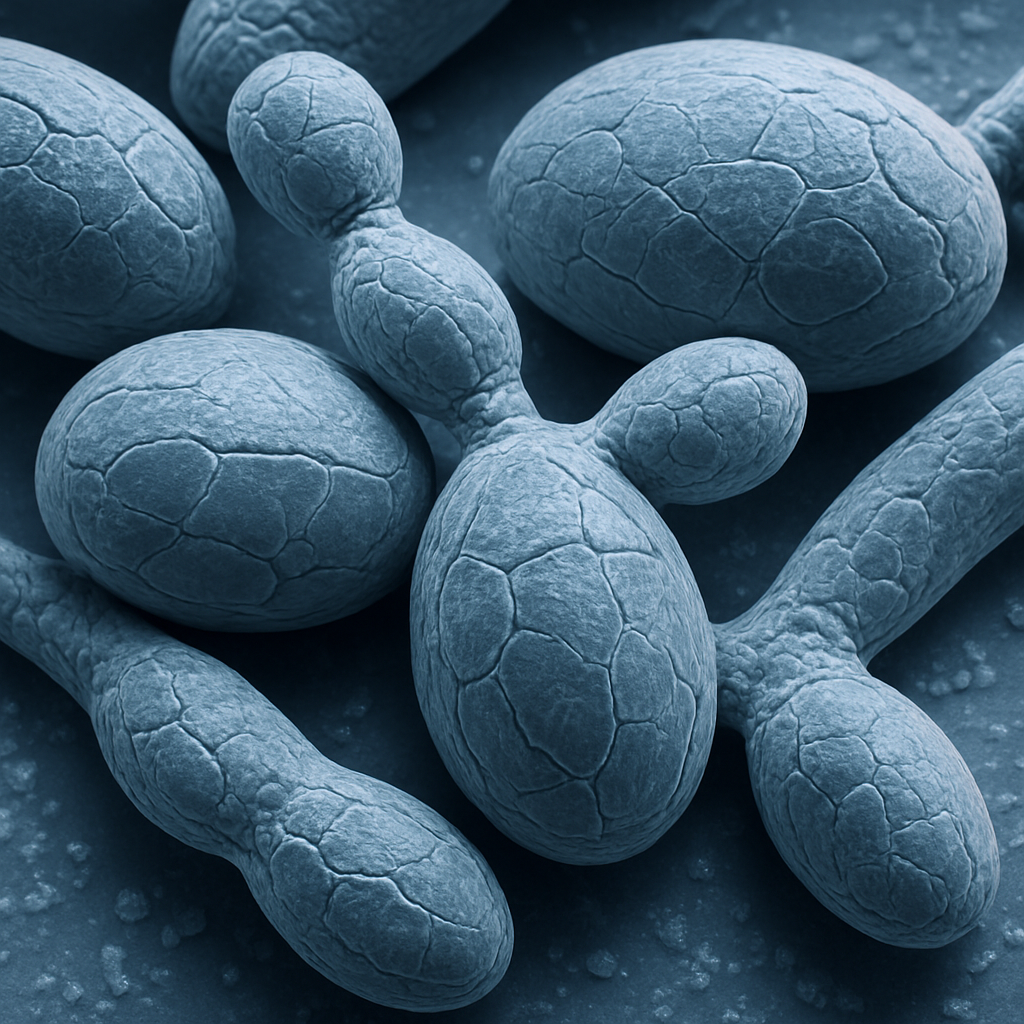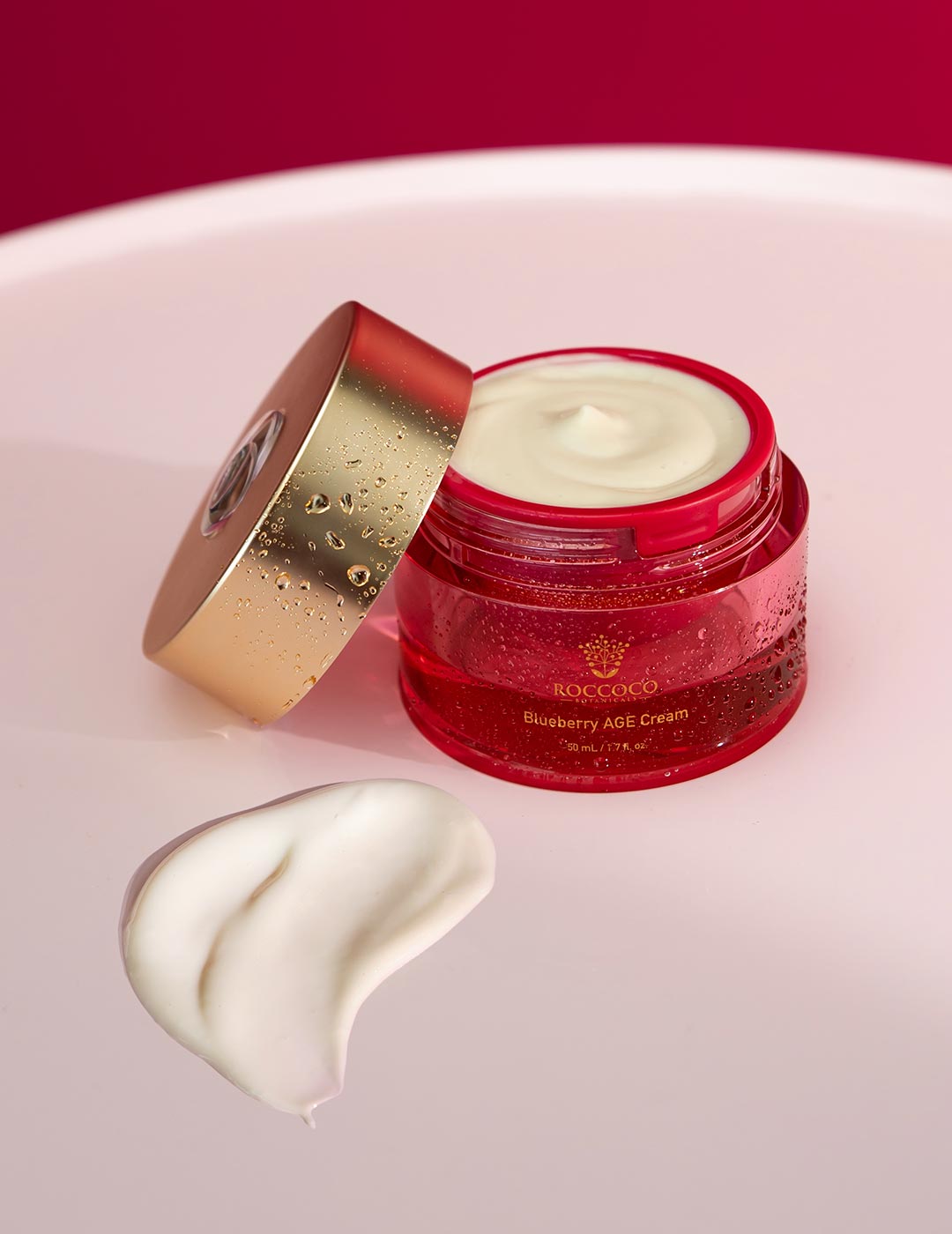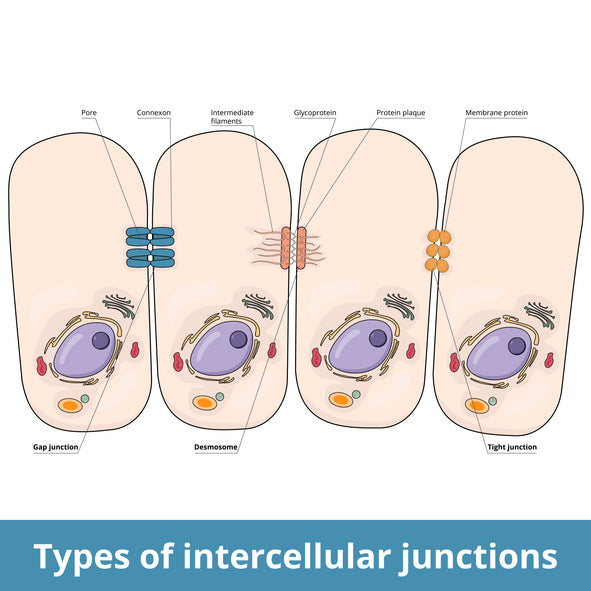Desmosomes are specialised intercellular junctions crucial for maintaining the structural integrity of the skin and other mechanically stressed tissues. More than passive "cellular glue," desmosomes are dynamic signalling hubs that influence cellular proliferation, differentiation, and survival.
Recent studies have shed light on a profound implication: desmosomal dysfunction may be a key factor in the development of skin cancers, particularly melanoma and squamous cell carcinoma.
Recent research has revealed that over 70% of cutaneous melanoma cases exhibit mutations in desmosomal genes, particularly within keratinocytes adjacent to melanoma cells. These mutations are associated with reduced expression of desmosomal proteins, leading to weakened cell-cell adhesion and potentially facilitating tumor progression.
Key Desmosomal Genes Implicated:
- Desmogleins (DSG1–4): These cadherins are essential for cell-cell adhesion in the epidermis. Mutations can disrupt adhesion, compromising the skin's structural integrity.
- Desmocollins (DSC1–3): Functioning alongside desmogleins, mutations in these proteins can similarly impair desmosomal function.
- Plakophilins (PKP1–3): These armadillo family proteins link desmosomal cadherins to intermediate filaments. Mutations may affect desmosome assembly and stability.
- Plakoglobin (JUP): Also known as γ-catenin, this protein is involved in linking cadherins to the cytoskeleton. Mutations can influence signalling pathways and adhesion.
- Desmoplakin (DSP): This plakin family protein anchors intermediate filaments to desmosomal plaques. Mutations can lead to loss of mechanical integrity in tissues.
These mutations are predominantly somatic, arising in keratinocytes during an individual's lifetime, often due to environmental factors like UV radiation. The resulting desmosomal dysfunction can create a microenvironment conducive to melanoma development and progression.
Ingredients That Help Protect or Stabilize Desmosomal Proteins
Niacinamide (Vitamin B3)
- Upregulates ceramide production → strengthens the lamellar barrier surrounding desmosomes.
- Promotes keratinocyte differentiation → increases expression of DSG1 and DSP.
- Reduces inflammatory cytokines (like TNF-α) that downregulate desmosomal proteins.
Critical to protecting desmogleins, desmocollins, and desmoplakin.
Centella Asiatica Extract (Madecassoside)
- Stimulates TGF-β signaling, promoting matrix production and cell-cell adhesion.
- Reduces MMP (matrix metalloproteinase) expression — enzymes that degrade desmosomal proteins during inflammation.
Protective for plakoglobin (JUP) and plakophilins.
Ergothioneine
- Mitochondrial-targeted antioxidant.
- Reduces ROS accumulation, which can cause mutations in desmoglein and desmoplakin genes.
Protects DSP, JUP, and PKP proteins from mutation under oxidative attack.
Sulforaphane (from Broccoli Seed Extract)
- Activates the NRF2 pathway, the master regulator of cellular antioxidant defenses.
- Increases expression of glutathione peroxidase and DNA repair enzymes.
Minimises mutation rates in DSG, DSC, JUP, and DSP.
Superoxide Dismutase (SOD)
- Converts harmful superoxide radicals (O₂⁻) into hydrogen peroxide, reducing oxidative stress.
- Protects structural proteins from ROS-induced cleavage.
Vital for maintaining plakophilin and plakoglobin integrity under environmental stress.
Understanding the prevalence and impact of desmosomal gene mutations in cutaneous melanoma underscores the importance of maintaining skin barrier integrity and may inform future therapeutic strategies targeting the tumour microenvironment.
Read more

Milia can be one of those stubborn skin concerns that seem to appear out of nowhere, especially around the eyes. These tiny, white bumps often baffle people as they don’t respond to traditional acn...

If you’ve ever gone down the rabbit hole of fungal acne advice online, you’ve probably seen this claim: “Avoid all fatty acids between C12 and C24—they feed Malassezia, the yeast that causes funga...



